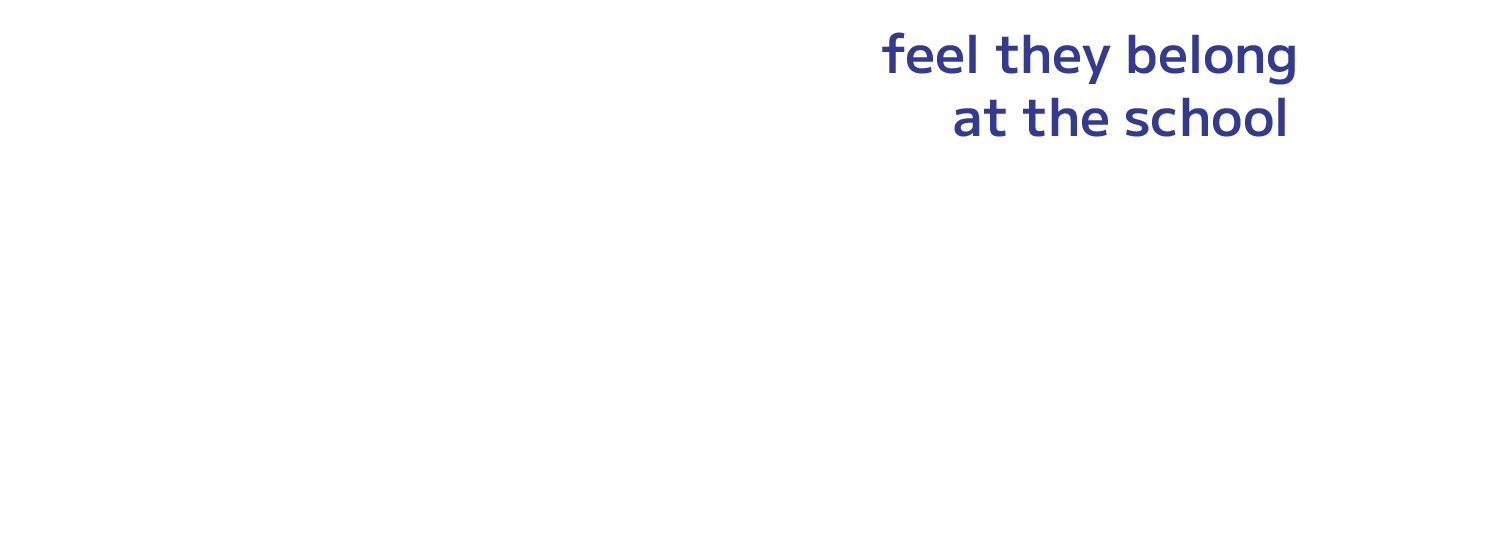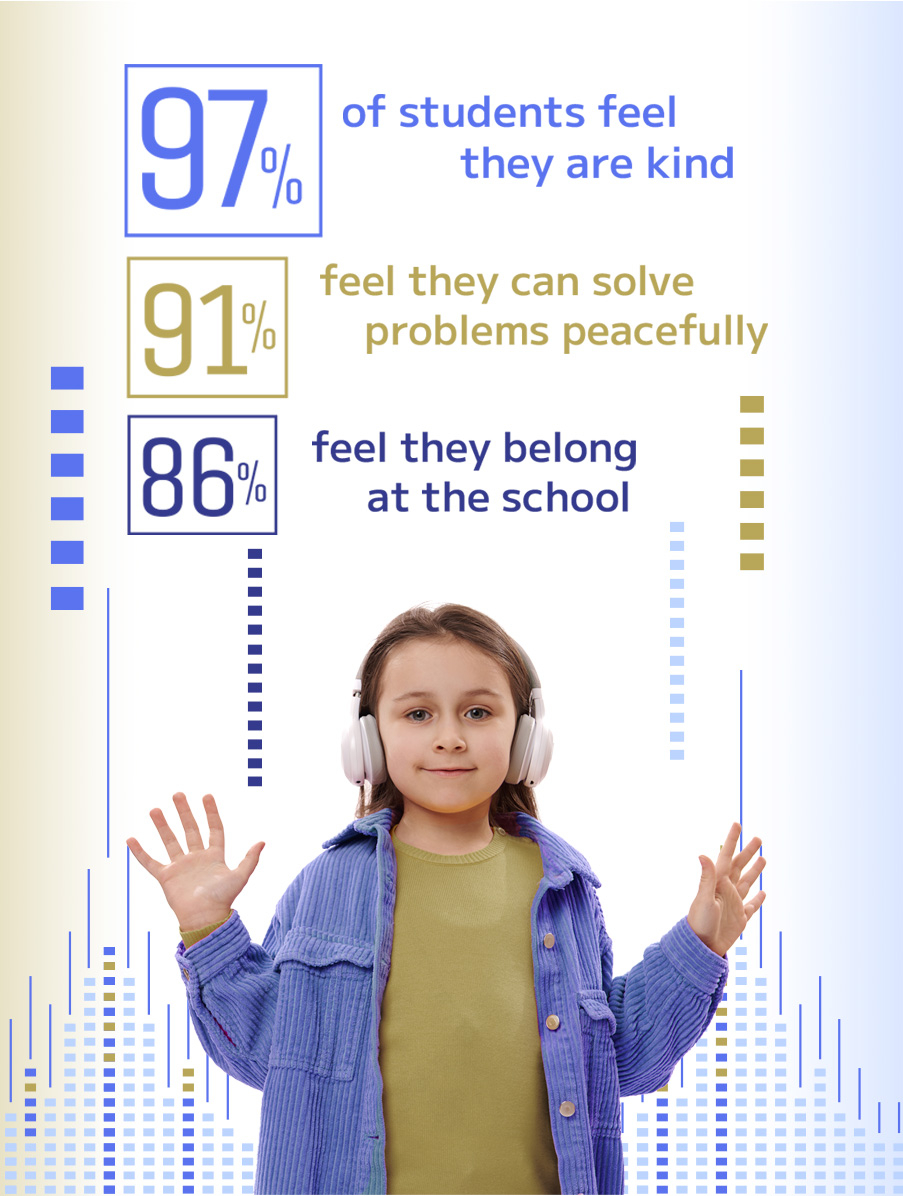SIDES School Goal Two
Support and Improve Mental Health and Wellness for grade 9-12 Learners
How can we better understand the mental health and wellness needs of our school’s grade 9-12 learners, almost all of whom are part-time SIDES students who are taking courses asynchronously; and
What steps can we take to support and improve their mental health and wellness outcomes?
Our grade 9-12 students exist in two subgroups: part-time students who are taking the majority of their program at a brick-and-mortar school elsewhere in BC, and full-time (SIDES school-of-record) students who take the majority of their courses with SIDES. Adult learners – both graduates looking to upgrade courses, and non-graduates – make up a significant percentage of our grade 11/12 population. The reasons that students choose online learning are varied, but generally exist on a “first choice or last option” continuum. “First choice” reasons can include high performance athletics, need for academic flexibility at the home school, being temporarily absent from BC, while “last option” reasons can include medical fragility, attendance challenges in brick-and-mortar, or mental health concerns. Both groups bring different mental health pressures and realities.
Some of our students find it easy to engage and be successful in online learning, but many students do not, resulting in course completion rates that are significantly lower than those seen in brick-and-mortar schools. We believe that some of our students are looking for a sense of community at SIDES, while others have a community at their home school and are more comfortable with a more transactional relationship with SIDES.
With the majority of student learning occurring at a distance, it is more difficult to identify mental health and wellness challenges in our student population, and also more difficult to fill in any mental health and wellness gaps that might be occurring.
This goal and focused inquiry questions align directly to our district strategic priority in Mental Health and Wellness. Additionally, our intended approaches are deeply connected to the First Peoples Principles of Learning.
First Peoples Principles of Learning

The Mental Health and Well-Being Goal needs to ensure that:
The Mental Health and Wellness Goal needs to ensure that learning ultimately supports the well-being of the self, the family, the community, the land, the spirits, and the ancestors. We also need to ensure that learning requires exploration of one’s identity. Our model makes it more challenging to make learning “relational (focused on connectedness, on reciprocal relationships, and a sense of place).” Our learning model makes it easier to embed “patience and time.”
- Students have up to one year to complete all courses;
- All adult learners are contacted by a school counsellor to discuss school goals, program needs, barriers to learning, etc.;
- Many course teachers have embedded a student interview early in their courses to help establish a relationship with the students and possibly uncover barriers to success that might be in place;
- We are participating in a student mental health and wellness discussion group being spearheaded by the district, and hope that this might uncover unmet mental health and wellness needs of our students;
- We hold on-site social opportunities (e.g. art club, games club, movie night) for interested local students and community-building field trips (e.g. to Science World);
- We host virtual community-building opportunities (e.g. science club, virtual field trips);
- Bi-weekly meetings between counsellors and administration, in which we discuss students of concern;
- We are fostering expanded instructional protocols (virtual classes, videoconferences, interviews) to connect teachers and students;
- Utilize Learning Management System (Brightspace) tools and course design features to ensure accessibility and manageability of courses for all students;
- Remote third-party test supervision for more flexibility in testing access (testing has been a barrier for many students);
- Continue to expand course offerings to engage students in a variety of core and elective options, including more options that lead to graduation;
- We have developed a Counselling Connections website linked through Brightspace; and
- We have a full-time counsellor for grade 9-12 school-age students and a full-time counsellor for adult students.
Over the 2023-24 year, we will track progress on our initiatives identified in this year’s plan. More specifically:
- We need to spend some time examining completion rates for our secondary students to see if we can spot patterns (e.g. within departments/course; within subgroups of students); and
- We are continually leveraging features in Brightspace that allow for more timely and relevant communication with students.
Summary learning, based on evidence gathered over the year, will provide us with key learnings to guide next steps for the 2024-25 school year and beyond. More specifically:
- We are planning on using our Street Data team to conduct Empathy Interviews with students. and
- We will be using the Schedule A (Three-Year Plan to Support Indigenous Learners) process to examine engagement and completion rates for Indigenous learners. It is our hope that this will lead to the development of tools that will make it easier to examine student engagement and progress for all students.









